Shaping Ambience Through Color & Texture
Words: Sarah Lograsso
Words: Sarah Lograsso, Director of Marketing and Product Management at Westlake Royal
Photos: Westlake Royal Stone Solutions
When contemplating the vision of a flawlessly designed space, our minds often conjure images of places like laid-back coastal retreats, or sleek contemporary spaces tailored for sophisticated social gatherings. While envisioning this ideal space is effortless, the translation into reality often falls short, leaving us with a sense of disconnection.
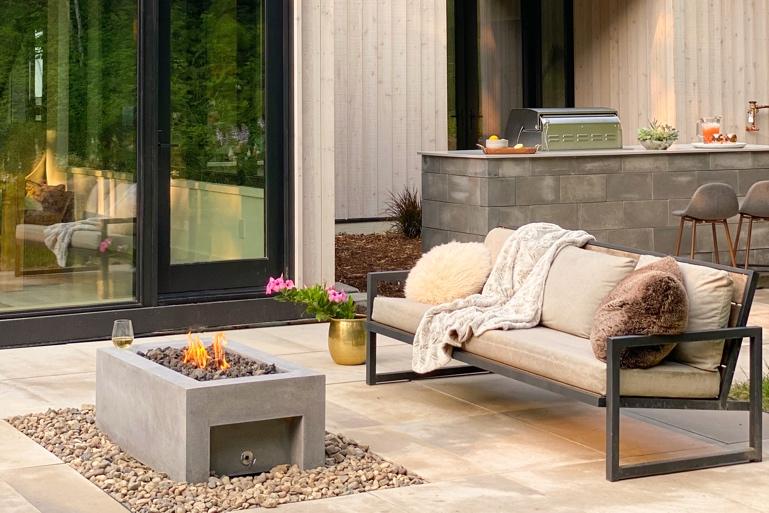
Homes are recognized as personal sanctuaries or spaces where the elements chosen to adorn them wield the power to shape our emotions upon entering a room. When designing and decorating, it becomes crucial to establish a profound connection with the home's energy and to aim for an idea of how you wish to feel within specific spaces.
As professionals in the construction industry, we understand the pivotal role that color and texture play in shaping the success and emotional resonance of architectural projects. Collaborating closely with architects and designers, there is a continued focus on the importance of harnessing these fundamental design elements to create spaces that resonate with end users. Often underestimated, design elements like color and texture possess the ability to impact our cognitive perception, directly influencing mood, emotions, and even energy levels in a space.
Let us explore a bit further and delve into additional ways to address that disconcerting feeling by aligning with a unique lifestyle:
A SHADE FOR EVERY ATMOSPHERE
Color serves as a powerful tool in setting the tone and atmosphere of a space, often dictating the emotional narrative for the people who use that space. From the welcoming warmth of earth tones in hospitality venues to the clean, professional aesthetic of neutral palettes in office environments, the selection of color has a profound impact on the overall feel of a space.
Identifying colors that harmonize with your client’s lifestyle and complement their persona is where the transformative magic often happens.
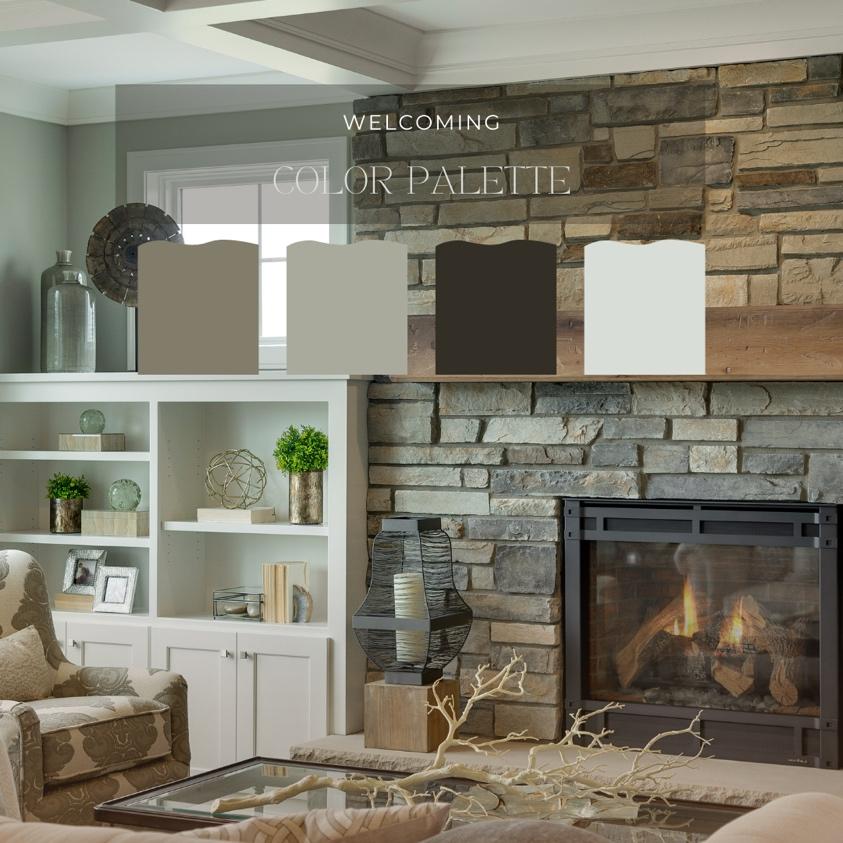
Drawing upon color theory knowledge, the shades and tones chosen for living spaces can elicit a variety of psychological responses. The interpretation of color is deeply personal, so closely observe your client’s reactions to different color schemes. While vibrant reds and oranges may invigorate some, they could instigate feelings of anxiety and overstimulation in others.

If your client is yearning for a tranquil and serene ambiance, you might recommend to them nature-inspired greens and blues or earth-toned neutrals that exude warmth. Conversely, deep, mysterious shades of grays, purples, and even black may resonate with a sense of enigma, speaking to their senses on a profound level.
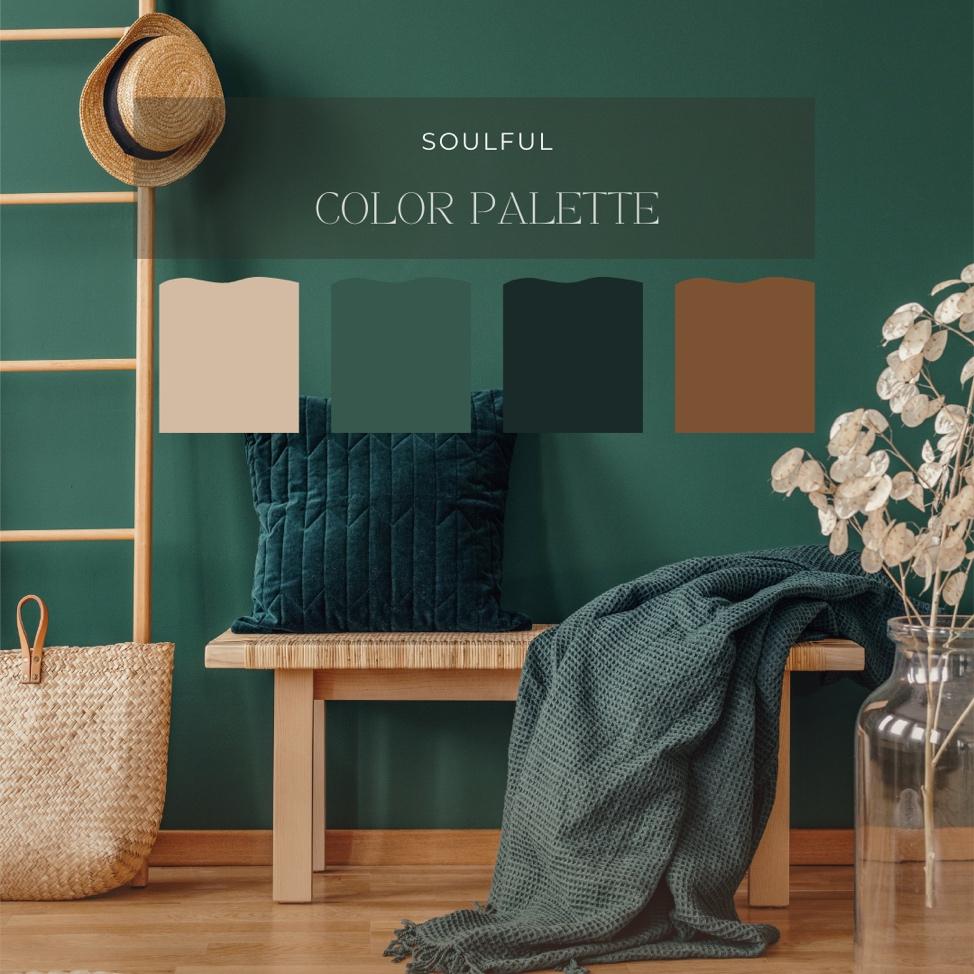
Whatever our role in any given project, we value the rich insights provided by color theory and color psychology. These areas reinforce that every hue has the power to trigger a unique emotional response, as well as influence human behavior. By ensuring that the color scheme enhances the functionality and appeal of the spaces we build, we can orchestrate environments that uplift, soothe and invigorate, and create the ideal space our clients are looking for.
MOOD-SETTING TEXTURES
Texture enriches the tactile experience of a space, adding depth and dimension to architectural design. Whether it is the inviting softness of plush fabrics in residential interiors or the rugged authenticity of exposed concrete in industrial settings, texture plays a crucial role in creating environments that engage the senses.
Introducing tactile diversity into a design not only imparts a refined, polished appearance to a room but also has a positive impact on one’s overall mood. Texture is a tangible language, speaking volumes to those who experience our spaces. Fortunately, making intentional textural enhancements is a quick and transformative process.
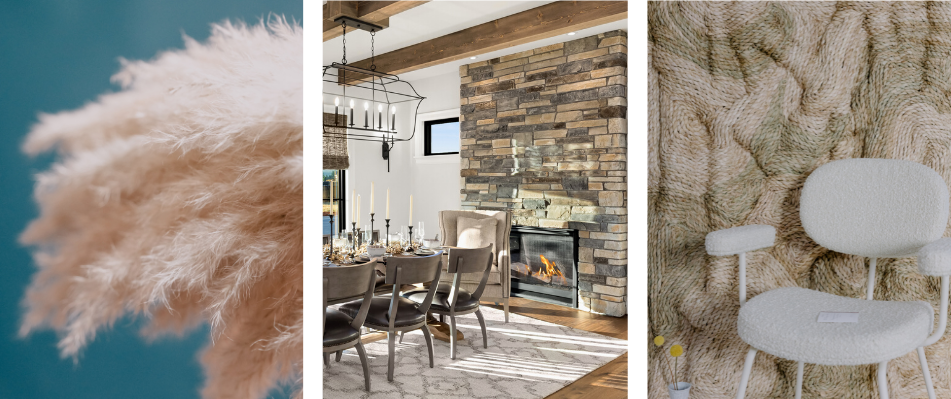
Similar to color, textures have the ability to evoke specific sensory feelings by adding visual depth to a space. Scientifically, this added dimension expands our mental engagement with the physical environments we inhabit, which translates to the brain that comforting sense of "home."
In recognizing that each texture tells a story, we must work to balance materials to imbue our designs with layers of meaning and sensory richness. This may include using rough-hewn surfaces to evoke a sense of earthy texture while also introducing smoother finishes to emphasize a sense of sophistication and modernity.
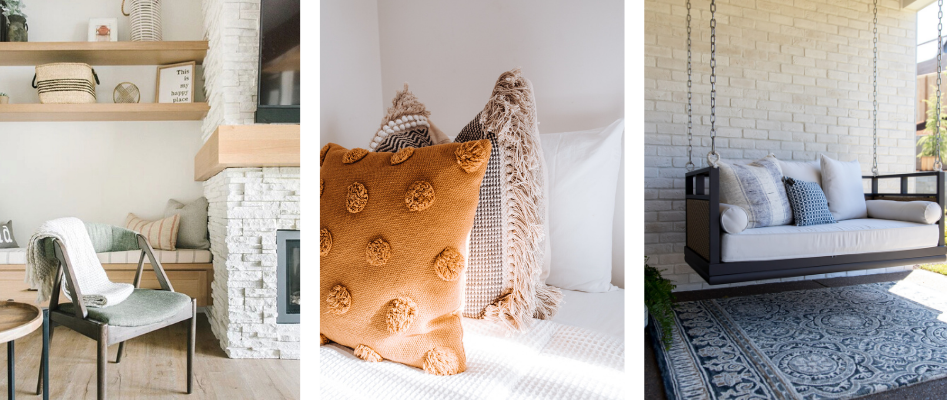
Whether through throw pillows, rugs, wall hangings, or lampshades, adding texture and dimension enhances the overall appeal. On a grander scale, introducing a stone or brick accent wall or opting for woven wallpaper can infuse charm and character into any space.
IN THE AGE OF DESIGN INSPIRATION
In an age of easily accessible, picture-perfect home inspiration, it is common for clients to be captivated by a particular aesthetic and to develop narrow expectations. However, in our experience, it requires a balance of architecture, color, texture and intention to translate the space to the expected inspiration.
In the symphony of architectural design, color and texture harmonize to create multidimensional experiences. Like notes in a musical composition, they blend and contrast, weaving narratives that captivate the senses and stir the soul while also working to achieve the desired aesthetic and functional objectives of a project.
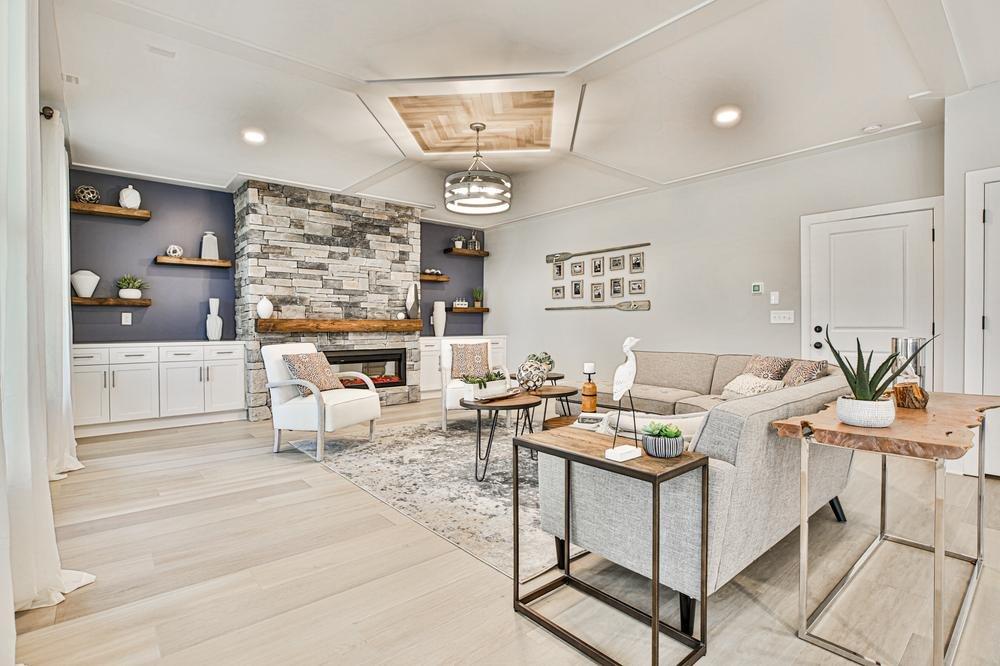
By fostering open communication and a spirit of teamwork between different members of the project team, we navigate the complexities of color and texture selection, implementation, and coordination with efficiency and precision. This also speaks to the artist within each of us, as we strive to deliver projects that not only meet but exceed client expectations, leaving a lasting impression on those who inhabit the spaces we create. This may include thoughtful experimentation and exploration as we strive to infuse spaces with emotion, vitality and meaning that will continue to shape human experience long after we have wrapped up and moved on to the next project.
In our ongoing pursuit of excellence, let us continue to embrace the transformative potential of color and texture, enriching the built environment and enhancing the quality of life for all who interact with it. Let us strive to craft spaces that resonate deeply with the human spirit.